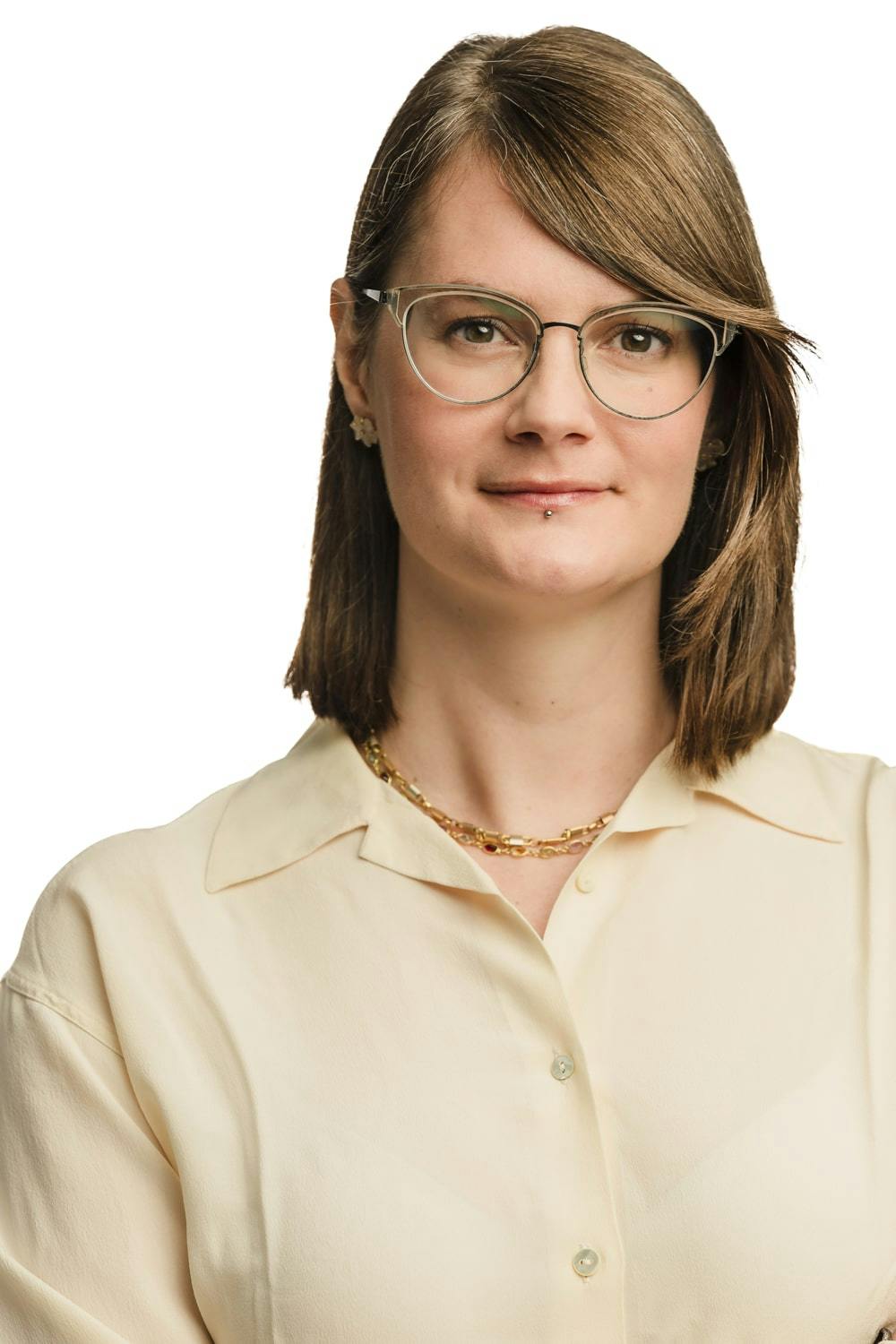EUreka3D-XR kicked off last week!

Overview
The project is the follow-up of the successful EUreka3D, which ended in December 2024, and will expand 3D to Extended Reality (XR) scenarios in the European common Data Space for Cultural Heritage.
Objectives
EUreka3D-XR proposes a framework to:
- Foster the adoption of the platform of guidelines and recommendations based on the results of the VIGIE Study 2020/654 for the production of 3D high-quality content;
- Use the EUreka3D Data Hub and extend it with a range of tools and services for manipulating cultural contents, mostly in 3D formats, to create new XR datasets;
- Exploitation of the programme of capacity-building initiatives made of seminars, documentation, workshops and demonstrations initiated in EUreka3D, and its enrichment with new elements focused on the creation of XR contents and experiences.

Innovation Framework
The EUreka3D-XR framework will operate via a toolbox of software instruments, high-quality content, and innovative scenarios, which target a twofold community: the providers and the content users. The providers will use the tools to improve their skills, give access to their datasets, and transform their cultural contents (2D, 3D, video, texts, maps, stories) into innovative XR scenarios. The users will re-use the high-value datasets published by the providers and interact with XR content.
XR Applications
EUreka3D-XR will support the development of three scenarios to showcase the XR potential. These will also be available through the Data Space as new content and documentation:
- The virtual visualisation of the middle-ages walls of the city of Girona, integrating various types of content (maps, photographs and films of the walls before destruction) in an XR interactive application;
- The XR narrative of excavations in process at the Bibracte archaeological site complements existing AR applications already in use at the site and in the museum, providing interactive experiences to visitors in person and online.
- The new life of Saint Neophytos Englystra in Cyprus, a monument classified at risk, by digitally reliving the Saint with his monks, who lived in this unique cave Monastery, to tell the memories of the place to today’s visitors.
The existing EUreka3D Data Hub platform will be integrated into the Data Space and extended to support XR functionalities and tools.
Infrastructure Development and Cloud Support
EGI is responsible for providing additional cloud resources to support EUreka3D-XR's new features. The infrastructure layer consists of computing servers, network devices, and storage appliances, with GPUs attached to servers for compute-intensive tasks. The application layer hosts the EUreka3D-XR tools, except for a smartphone application that runs outside the EGI cloud. Security is ensured with EGI Check-in.
The deployment process involves:
- Infrastructure setup – The Infrastructure Manager (an EOSC service) provisions virtual machines, CPUs, GPUs, networking, and storage on EGI’s cloud infrastructure, ensuring compatibility with other cloud providers.
- Software updates – Developers manage code using a Version Control System (e.g., GitHub, GitLab) to track changes, prevent data loss, and enable recovery.
- Containerisation and deployment – Once tested and verified, applications are packaged into container images (stored in repositories like Docker Hub or GitLab) and deployed using Kubernetes for efficient management and scaling.

Read More

EUreka3D-XR will expand 3D and Extended Reality (XR) scenarios in the European common Data Space

Thanks to providers like Cyfronet and GRNET, access to services is guaranteed until December 2027


EUreka3D stands for European Union’s REKonstructed content in 3D, a project co-funded by the Digital


